If we stop to think of foods that fully satisfy our senses, chocolate will immediately come to mind. It satisfies our desire, it is associated with power and of course it is an object of pleasure. The simple idea of pairing wine and chocolate already intrigues and satisfies us.
On Saturday 26th September we will hold a pairing course (2 hours) in which we will use 7 of our best wines and 6 selected cocoas from different origins to find the perfect harmony between the two foods. Below you will find details of the different wines and chocolates we will use. The aim is that after the course you will be able to experiment and pair wine and chocolate (or other foods) on your own.
Pairing
Pairing is the exercise of joining two elements that, when combined, enhance and improve their characteristics. A pairing can be done by compensation or similarity. The most common and accessible to everyone is the exercise of pairing food and drink.
The senses that we will use in the sensory analysis or "tasting" are: sight, smell, taste and touch. The pleasure will come from the satisfaction that the union of food and wine provokes in our senses, 2 elements that we already enjoy separately.
If you want to refresh your memory, you can read the post in which we recommended 5 tips for pairing wine with wine.
Chocolate...
"When the Spaniards conquered Mexico between 1518 and 1521, they saw that the inhabitants of the country drank a kind of turbid substance, techocolate, which they hastened to taste, and it seemed to them the most detestable thing. Declaring this food worthy to be given to malefactors and criminals, they analysed the matters of which it was composed. They first saw a kind of bean. Then they examined some round yellow beans and some red and shiny fruits. They found that the broad bean gave a kind of oily paste to which they added a kind of flour, obtained by grinding the yellow beans and some of the red fruits, and from the whole, well mashed and united, they obtained the delicious traditional food of the Mexicans. The bean in question was nothing more than cocoa, which gave the oily drink its bitterness, the yellow bean was corn, and as for the red fruit, it was nothing more than that pepper which, when tasted, sets our palate on fire.
The Spaniards did not pay much attention to this food, but separating the materials that constituted it, they noticed that the red fruit was a condiment of the first order, although too strong to be taken in such a dose, and they separated it in order to give it another more profitable and effective application. The yellow bean produced a flour which, with a little salt, they found acceptable and extremely substantial. As for the greasy bean, observing of course that its juice was excessively bitter, they sweetened it appropriately to counteract its effects. And so chocolate was invented.
The cocoa has a rough rind almost 4 cm thick. It is filled with a viscous, sweet, edible pink pulp, which encloses 30 to 50 long beans (white and fleshy) arranged in rows in the latticework formed by the pulp. The beans are shaped like beans: two parts and a germ surrounded by a tannin-rich shell. The raw taste is very bitter and astringent.
... And wine
Our wine and chocolate pairing is born from the vineyard, the landscape, the native grape varieties of Rioja, which together with the best cocoa selected from different origins, and tempered by artisan hands, will allow us to know what criteria we should follow when making a pairing. We will learn how the characteristics of 2 foods (in this case, wine and chocolate) can be combined to improve the qualities of both, or how they can worsen if their characteristics do not complement each other.
Pairing Wine and Chocolate
1. Vivanco Rosé and Belgian white chocolate
Our Vivanco Rosé is made from Tempranillo (85%) and Garnacha (15%). It is a very fresh and floral wine, with a very balanced acidity and a fruity and sweet finish.
 The Belgian white chocolate is made with 100% cocoa butter, selected premium milk powder, fine sugar and a touch of Bourbon vanilla. It has a complex range of flavours from creamy to refined, with subtle hints of caramel.
The Belgian white chocolate is made with 100% cocoa butter, selected premium milk powder, fine sugar and a touch of Bourbon vanilla. It has a complex range of flavours from creamy to refined, with subtle hints of caramel.
It has an intense flavour of fresh milk, not too sweet. It is particularly round and creamy in texture, with hints of butter and caramel, honey and pastry.
2. Vivanco Crianza and milk chocolate (32% cocoa) from the island of Java.
Made from Tempranillo grapes, Vivanco Crianza it is a very fresh and elegant wine with aromas of red fruits and spicy and liquorice notes.
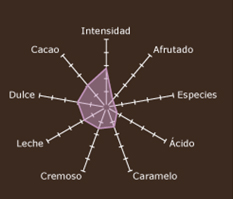 In the case of the selected chocolate, its origin is the island of Java, one of more than 700 islands in Indonesia. The temples of Borobudur and Prambanan leave visitors to this ancient Hindu temple complex in awe.
In the case of the selected chocolate, its origin is the island of Java, one of more than 700 islands in Indonesia. The temples of Borobudur and Prambanan leave visitors to this ancient Hindu temple complex in awe.
It is a milk chocolate with a very pale colour and a sweet taste. It seduces the nose with a touch of liquorice and cinnamon. In the mouth it is surprisingly round and creamy in texture, giving way to hints of butter and caramel, vanilla and yellow fruits. Its fruity acidity gives it a pleasant freshness.
3. Collection Vivanco Garnacha and dark chocolate, Criollo variety (78% cocoa) from Mexico.
Colección Vivanco Parcelas de Garnacha is a wine with abundant red fruits (redcurrants, raspberries), lilacs and balsamic notes.
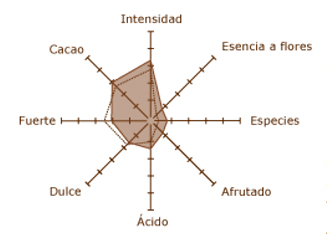 This chocolate is made with Criollo cocoa from Oaxaca and Chiapas, the cradle and origin of chocolate. It is very light and reddish in colour.
This chocolate is made with Criollo cocoa from Oaxaca and Chiapas, the cradle and origin of chocolate. It is very light and reddish in colour.
The first aromas reveal a pleasant bitter taste, reminiscent of roasted Arabica coffee, mocha and exotic woods. This is followed by cinnamon and a strong red fruit component, pleasantly ripe and candied. On the finish there is an impression of mocha and cappuccino.
4. Collection Vivanco Plots of Mazuelo and dark chocolate, Forastero variety, (70% cocoa) from Sao Thomé.
Colección Vivanco Parcelas de Mazuelo is a fruity, balsamic wine with smooth tannins and a long, powerful, complex and persistent finish.
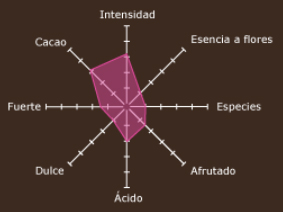 Sao Tome is an island in the Gulf of Guinea, off the west coast of Africa. It has an impressive variety of landscapes and climatic conditions.
Sao Tome is an island in the Gulf of Guinea, off the west coast of Africa. It has an impressive variety of landscapes and climatic conditions.
This chocolate has a high concentration of cocoa. Its aroma is slightly spicy, with a toasted touch and hints of cappuccino. At first, its taste is pleasantly bitter-sweet, broad and fruity with hints of candied black fruits; it then becomes floral with hints of coffee beans. Its final taste gives way to fine hints of oak.
5. Collection Vivanco Parcelas de Maturana tinta y chocolate negro, Trinitario variety, (67% cocoa) from Brazil.
Our Colección Vivanco Parcelas de Maturana tinta is very balsamic, mineral, with spicy sensations (pepper, rose flower, cumin, clove), with an elegant, vibrant and long aftertaste.
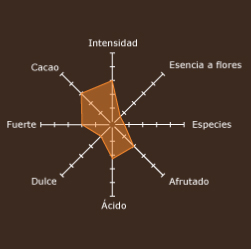 Chocolate Trinitario is a natural hybrid that originated on the island of Trinidad between the Criollo and Forastero varieties. It is the most widespread type of cocoa because of its versatility and balance.
Chocolate Trinitario is a natural hybrid that originated on the island of Trinidad between the Criollo and Forastero varieties. It is the most widespread type of cocoa because of its versatility and balance.
It has a powerful flavour, dominated by exotic woods such as sandalwood and cedar from Lebanon. It then gives way to a positive bitterness. After some time in the mouth, we clearly experience a fruity core of blueberries, with a full body and hints of liquorice and roasted coffee beans. It has a spicy finish, with hints of ginseng and black fruits.
6. Collection Vivanco Graciano and dark chocolate, Satongo variety (72% cocoa) from Tanzania and Ghana.
In this case, Colección Vivanco Parcelas de Graciano is a wine with aromas of ripe black fruits (blackberries, plums) over a large amount of floral aromas (violets), chocolate, menthol.
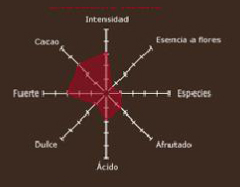 As for the cocoa, the Satongo variety gives this chocolate a fine and delicate start, with hints of hazelnuts and a shade of black truffle. We also notice a slightly roasted hint of coffee beans. The balanced bitterness at the beginning is followed by a delicious creamy touch, and then a strong fruity temperament, in which we recognise mainly blueberry and bilberry. The finish is juicy and very fruity.
As for the cocoa, the Satongo variety gives this chocolate a fine and delicate start, with hints of hazelnuts and a shade of black truffle. We also notice a slightly roasted hint of coffee beans. The balanced bitterness at the beginning is followed by a delicious creamy touch, and then a strong fruity temperament, in which we recognise mainly blueberry and bilberry. The finish is juicy and very fruity.
7. Collection Vivanco 4 Varietals
In this case, we will pair our Colección Vivanco 4 Varietales with all the above chocolates. In this way, we will see how our perception of the wine can vary when we try it with different varieties of chocolate (or food). And as there is nothing written about tastes, we will discover what kind of pairing each of us likes best.
Which of these pairings do you think you would like the most?
If you want to attend the course there is a special price for bookings made on the website. BOOK






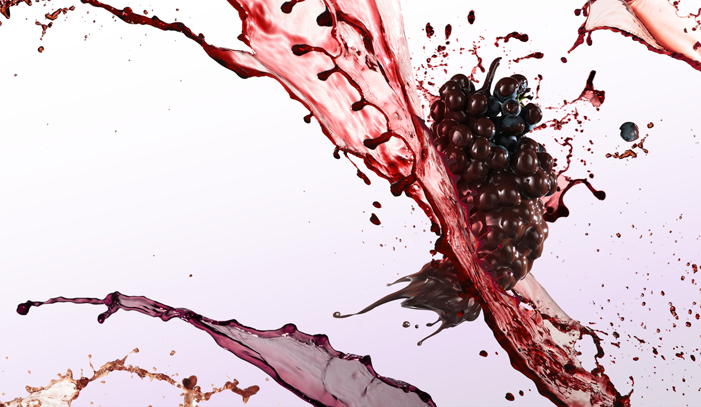
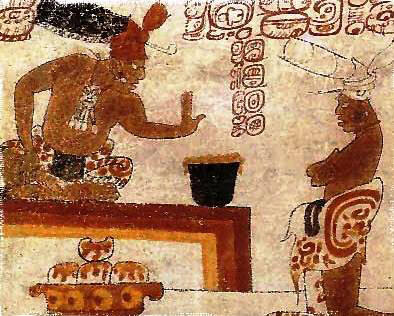

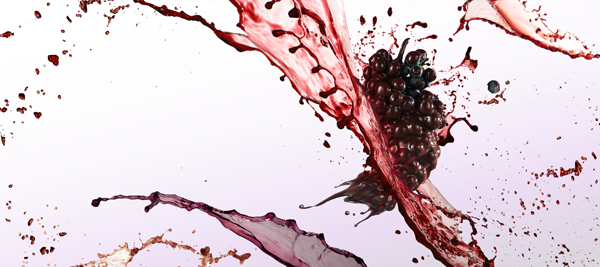
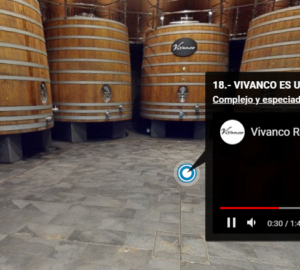
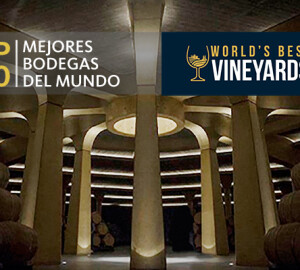
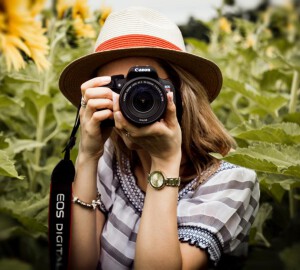







Very good post and very well done, I love the graphics you have put on the wine and chocolate pairings, congratulations.